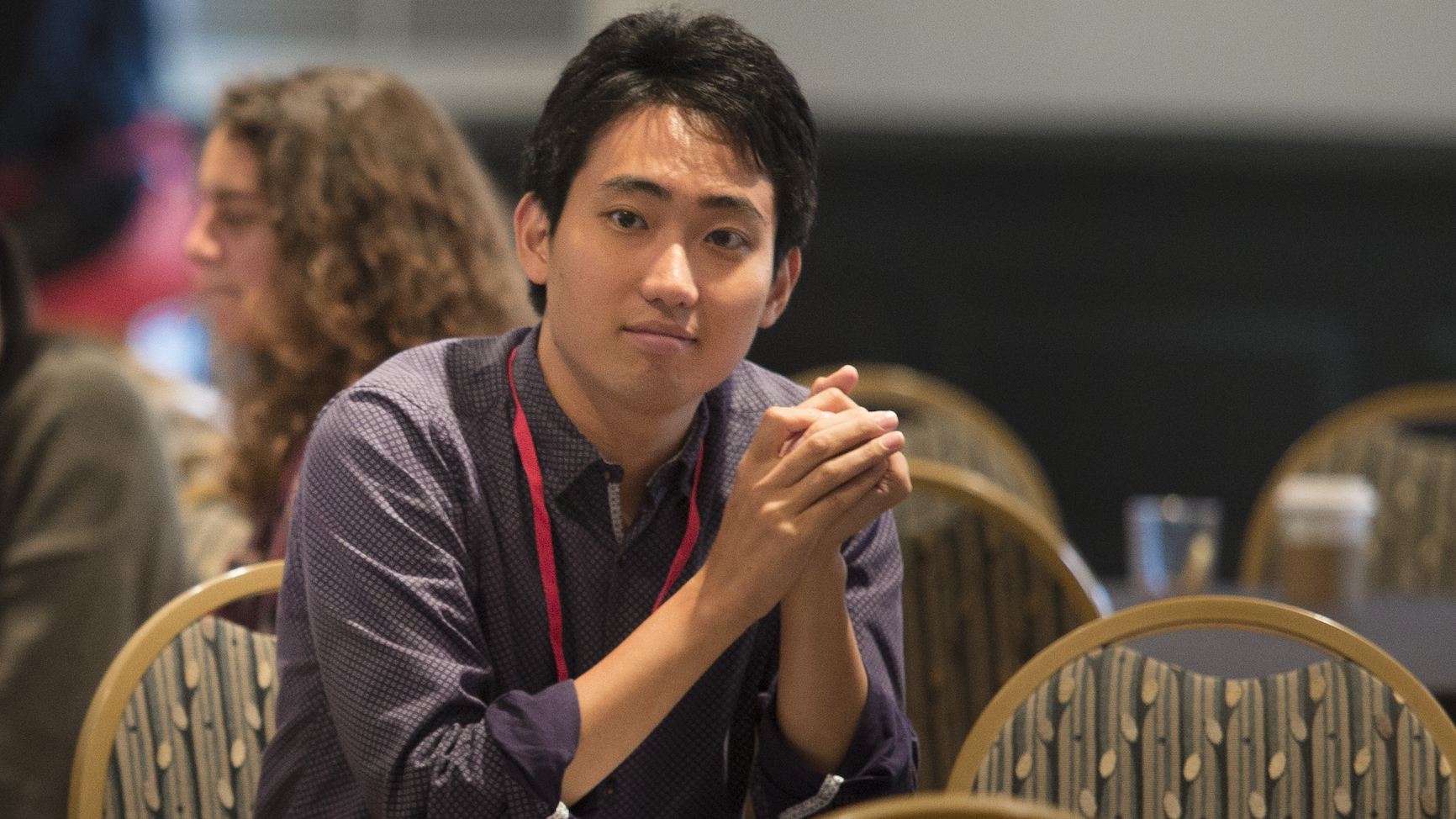[GLLaM] CUNY practice talk extravaganza

[GLLaM] CUNY practice talk extravaganza
This week's meeting will feature (at least) four practice talks for the 34th CUNY Conference on Human Sentence Processing, from Masato, Rosa, Cassidy Wyatt, Maggie Kandel and Colin Phillips. Titles and abstracts are below.
Masato Nakamura & Colin Phillips - Online cloze evidence for rapid use of lexical and grammatical cues
People make predictions about upcoming inputs, but how and when the contextual cues are used in that process are yet to be clearly understood. In this study we examine predictions via a spoken, speeded cloze task in Japanese, focusing on argument role reversals as a test case. Previous studies have found that switching the role of arguments does not result in a contrast in N400 amplitudes at the verb, which is a measure of lexical pre-activation (e.g. the customer that the waitress served vs the waitress that the customer served). These findings motivated the claim that early predictions reflect lexical associations, with role-specific predictions emerging only after a delay.
We examined the timing of use of argument roles and lexical cues in a Japanese speeded cloze task, using materials from a previous EEG study. We presented minimal contexts of a noun and a case marker, which participants completed with a verb. We found a clear effect of argument roles in productions. Case-compatible productions were far more common than reversals, comprising 94.4% of trials in the short condition. The verbs produced in reversed responses tend to have high cloze probabilities in the other case markings, suggesting that role-independent lexical associations serve as lures. Overall, the speeded cloze results show that both argument roles and lexical association shape early predictions. The discrepancy with prior EEG results could reflect a monitoring process that filters (most) role-incompatible productions in the cloze task, or a biasing effect of explicitly presented lures in EEG studies.
Rosa Lee - A divergence between judgments and response times in L2 agreement attraction
This study addresses a puzzle in the second language processing literature about the use of L2 features that are absent in the L1 by examining agreement attraction with Korean-English bilinguals. There have been conflicting findings about whether L2 learners whose L1 lacks number agreement are susceptible to agreement attraction (Schlueter et al., 2019; Lim & Christianson, 2015). In a previous experiment (presented at CUNY2020), we found that the Korean speakers were prone to attraction with relative clause (RC) modifiers but not prepositional phrase (PP) modifiers, based on end-of-sentence judgments. In the present study we used a modified paradigm with speeded mid-sentence judgments that allowed us to measure judgment errors as well as RTs in correctly judged sentences. The judgments replicated the structural contrast in L2 attraction, while the RTs revealed attraction for both structures. We consider the implications of this hidden attraction effect and divergence between the two measures for accounts of interference in L1 and L2 processing.
Maggie Kandel & Cassidy Wyatt - Transitioning to online language production: a direct comparison of in-lab and web-based experiments
At a time when much in-person human subjects experimentation has been halted, the ability to collect data from web-based sources is increasingly valuable to language scientists. However, there are challenges to moving language production research online: variations in internet connections, software, and hardware may make it difficult to collect consistent data or obtain representative samples, and recorded speech may be more variable or noisier when elicited and recorded outside of a controlled lab environment. In our short talk, we will be comparing in-lab and web-based production experiments to assess the quality of web-collected production data and how well it can detect phenomena and measure variables of interest to production research. We investigated a robust language production phenomenon: verb agreement attraction, which occurs when nearby or intervening nouns interfere with subject-verb agreement (e.g. *The key to the cabinets are on the table). We found that sentence production studies work far better than expected over the internet, replicating not only the expected trend but also some of the finer-grained details of the attraction effect observed in the in-lab study. Web-based production studies open possibilities for much broader recruitment of languages and populations than is possible in the lab.
Cassidy Wyatt & Maggie Kandel - Number attraction in pronoun production: evidence for antecedent feature retrieval
In our long talk, we will address an unexpected production phenomenon that we first observed in a previous study. We found that speakers occasionally produce number attraction errors for simple object pronouns, resulting in sentences where the pronoun matches the number features of a noun other than its referent. This observed unreliability of pronoun number features is surprising given that a pronoun’s features are integral to its interpretation (making the cost of an unreliable cue high) and because the relevant features may be salient from the referent’s conceptual representation. In three different studies, we probe this phenomenon to try to better understand the process of pronoun planning that could lead to such errors. We found agreement attraction for pronoun number in several different environments using both a traditional error measure as well as a production time-course analysis of correct utterances. The fact that pronouns show attraction errors indicates that they must get their form through an agreement process referencing the features of the antecedent. We suggest that such errors could arise from an overlap between the properties of a referent that lead to the decision to pronominalize and the properties that make a representation likely to cause interference during feature retrieval.

